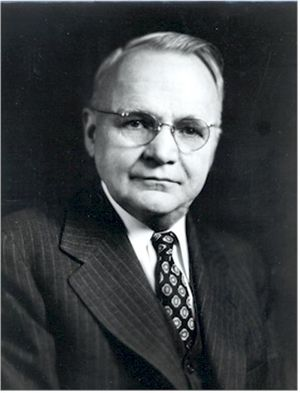In the realm of signal processing and digital audio, the sampling rate plays a crucial role in determining the fidelity of the reproduced signal. The Nyquist rate is a fundamental concept that governs the proper sampling of analog signals to avoid aliasing, a phenomenon that can lead to artifacts such as the infamous wagon wheel effect.
Sampling Rate and Digital Audio
Sampling rate, often expressed in hertz (Hz), refers to the number of samples per second taken from an analog signal to represent it in digital form. In digital audio, a higher sampling rate typically leads to better fidelity and a more accurate representation of the original analog signal. Common sampling rates include 44.1 kHz, 48 kHz, 96 kHz, and 192 kHz.
The Nyquist Rate

The Nyquist rate is a critical concept in the field of signal processing. Named after the Danish engineer and scientist Harry Nyquist, the Nyquist rate dictates that to accurately represent a signal in digital form, the sampling rate must be at least twice the highest frequency present in the analog signal. Mathematically, the Nyquist rate (f_Nyquist) can be expressed as follows:

Where fmax is the maximum frequency of the analog signal.
Aliasing
Aliasing occurs when a signal is undersampled, meaning that the sampling rate is insufficient to accurately represent the original analog signal. This leads to incorrect reconstruction of the signal, resulting in artifacts that were not present in the original signal. Aliasing manifests as unwanted frequencies in the digital representation, often producing distortion and degradation of the signal quality.
The Wagon Wheel Effect
The wagon wheel effect is a specific visual manifestation of aliasing in the context of film and video. It occurs when a spoked wheel appears to rotate in the wrong direction or at an incorrect speed when filmed or viewed under specific conditions. This effect is a consequence of the sampling rate being insufficient to accurately capture the rotational motion of the wheel.
As the wheel rotates, the spokes may move at a speed that matches or is close to the sampling rate, causing them to be incorrectly represented or even appear stationary. The result is an optical illusion where the wheel appears to rotate in the opposite direction or at an inconsistent speed.
References:
Oppenheim, A. V., & Schafer, R. W. (1999). Discrete-Time Signal Processing. Prentice Hall.
Smith, J. O. (2011). Introduction to Digital Filters: with Audio Applications. W3K Publishing.
Nyquist, H. (1928). Certain topics in telegraph transmission theory. Transactions of the American Institute of Electrical Engineers, 47(2), 617-644.
Understanding the interplay between sampling rate, the Nyquist rate, and aliasing is crucial for ensuring accurate representation of analog signals in the digital domain. The wagon wheel effect serves as a tangible example of how aliasing can manifest visually, highlighting the importance of adhering to the Nyquist rate to avoid such artifacts and maintain signal fidelity in various applications, including digital audio and video.


Leave a comment